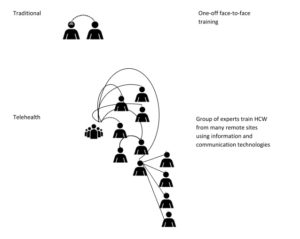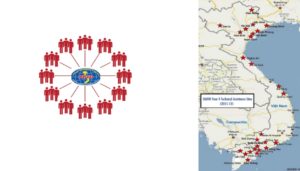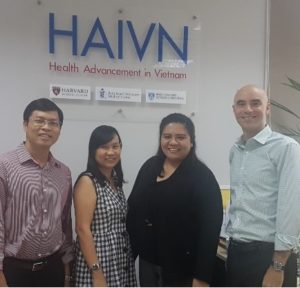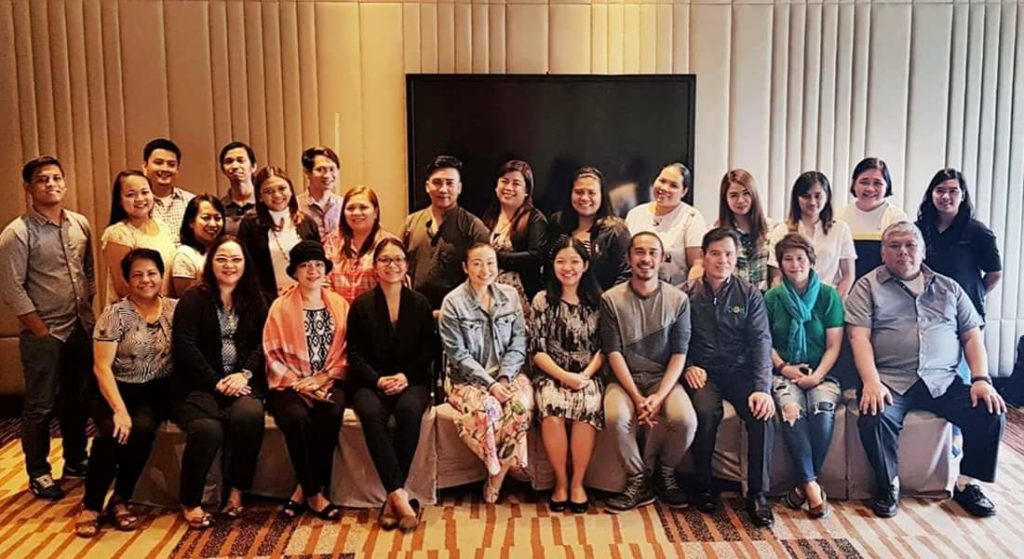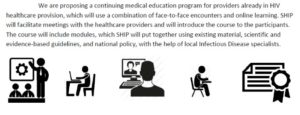The Facebook posts were becoming so common that it no longer surprised Jayce Perlas, but it still made him sad. Friends were posting messages about the passing of another friend who was “gone too soon.”
By now, the updates took on a certain template. The deceased was usually male, in his 20s or 30s, openly or secretly gay, his sudden demise simply explained as “hard-core pneumonia” or tuberculosis – infections that could normally be treated by antibiotics.
The virtual but connected universe of Facebook provided a safe haven for final good-byes, an outlet for grief that could not be expressed at hushed and hurried funerals.
At its worst, Perlas, an entrepreneur, has read about three deaths in one week. At the funerals of close friends, he says, there is always a profound grief and sadness, but there is something else, too.
“In every funeral I have attended, the air is thick with the unspoken thought: Could it be one of us next?”
San Francisco in the 80s
The Philippines is one of three countries in the Asia-Pacific Region described as having an “expanding epidemic.” In 2000, one new HIV case every three days was reported. By the end of 2013, that number had increased to one new HIV case every two hours.
To those who witnessed it and still remember, the current situation is reminiscent of San Francisco in the 1980s when mostly gay men got infected and began dying due to what was later identified as AIDS.
HIV activist Tona Benfield, 53, still remembers the early days of AIDS. HIV had yet to be discovered as its cause and men were dying from what was then called the “gay cancer.”
“I lost many friends then. It offends and angers me that I continue to lose friends today,” said Benfield, shaking in outrage.
As a trained HIV counselor at an HIV testing facility subsidized by the Department of Health (DOH), Chris Lagman sees many cases and many stages of HIV. Some come in to get tested for the first time while some who get tested are already showing early signs of opportunistic infections.
Like Perlas, Lagman sees Facebook posts about death of friends and acquaintances. The reasons are cryptic, but from the cases he sees in the clinic, Lagman senses it is most likely a death caused by HIV-related complications – a death that could have been prevented with early diagnosis and treatment.
Early signs
Since 1984, when the Philippines reported its first case of HIV, the island nation of more than 100 million has always been a low-incidence country. Less than 1 percent of its general population is infected with HIV.
Around 2009, things began to change. The main mode of transmission of the virus shifted to men having sex with men (MSM), and new infections among a small group of injecting drug users were reported.
More than 25,000 new HIV infections – around 85 percent of the total 30,356 recorded infections in the country – were reported from 2010-2015. An estimated 81 percent of total HIV infections cluster around MSM, with more than half of the cases belonging to the 25-34 age group.
Data released by the DOH last November showed that HIV infections increased by close to 800 percent in the 15 to 24 age group from 2001 to 2015.
The DOH forecasts that total HIV infections could reach 133,000 by 2022 if the current trend continues.
“To reverse the increase in infections, we need to increase condom use and bring it up to the levels of 80 percent. We need to get people tested and get them on treatment,” said Dr. Genesis Samonte, DOH HIV surveillance head.
Increasing condom use among MSM from its current level of 44 percent will require addressing social, religious and legal obstacles, starting with updating the HIV/AIDS Prevention Law of 1998, which prohibits minors from getting an HIV test without parental consent, hampering early diagnosis and subsequent treatment.
“We need to allow young people to access HIV testing. We need harm reduction programs [for people who inject drugs]. We need to overhaul our legal framework on HIV,” said Jonas Bagas, an HIV activist who has been lobbying for amendments to the HIV law.
“The current law is designed for general population epidemics. Awareness activities are not targeted to inform important sub-populations about prevention and where they could get treatment,” argued Bagas.
The proposed amendments to the HIV law include eliminating the need for parental consent for 15-17-year olds to get an HIV test, strengthening grievance mechanisms for cases of discrimination and allocating more of the budget to information and education drives.
The DOH HIV and AIDS Unit has about 600 million pesos ($13 million) for HIV treatment and prevention from this year’s budget. About 400 million pesos of that will go to providing free antiretroviral (ART) treatment to the more than 12,000 Filipinos who are currently enrolled in the program. The rest will go to purchasing condoms and testing kits, and information materials.
Samonte admits it is not enough and part of the DOH’s interventions will be to find ways to augment this budget.
Stigma and shame
The DOH HIV/AIDS Registry shows 415 AIDS related deaths from January to November 2015. But Samonte recognizes that this number is grossly understated as many deaths are quietly passed off as pneumonia or meningitis. “Some go undiagnosed,” said Samonte.
“The Philippines could look like San Francisco in the 80s, during the height of the AIDS scare. But back then, life-saving ARV treatment was not available. Now, ARV treatment is available and free. No one should have to die from HIV-related infections in 2016.”
“Back then, we called it what it was. ‘He died of AIDS,’ we would say. Here, they say, ‘Oh, it was hard-core pneumonia.'”
But some still do. Kate Leyritana, a doctor at an HIV testing clinic, recalls one incident where she lost one of her patients just a few months after diagnosis. “His mother only knew her son had HIV in his last days. She asked me, ‘Why am I the last to know? I am his mother. I should be the first one he can talk to.’ I had no words.”
The mother still texts Leyritana each December on the anniversary of her son’s 2012 death to say she misses him.

